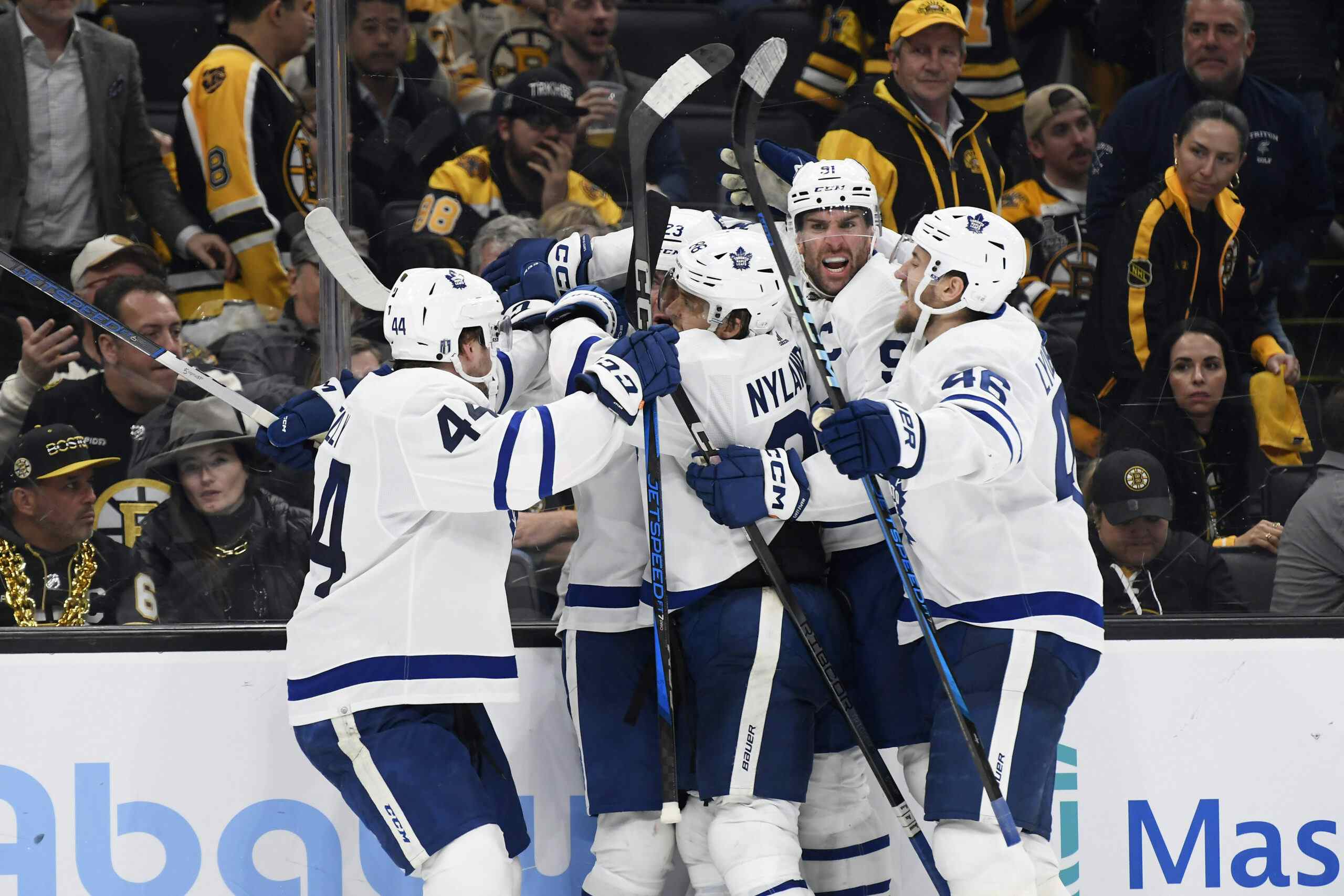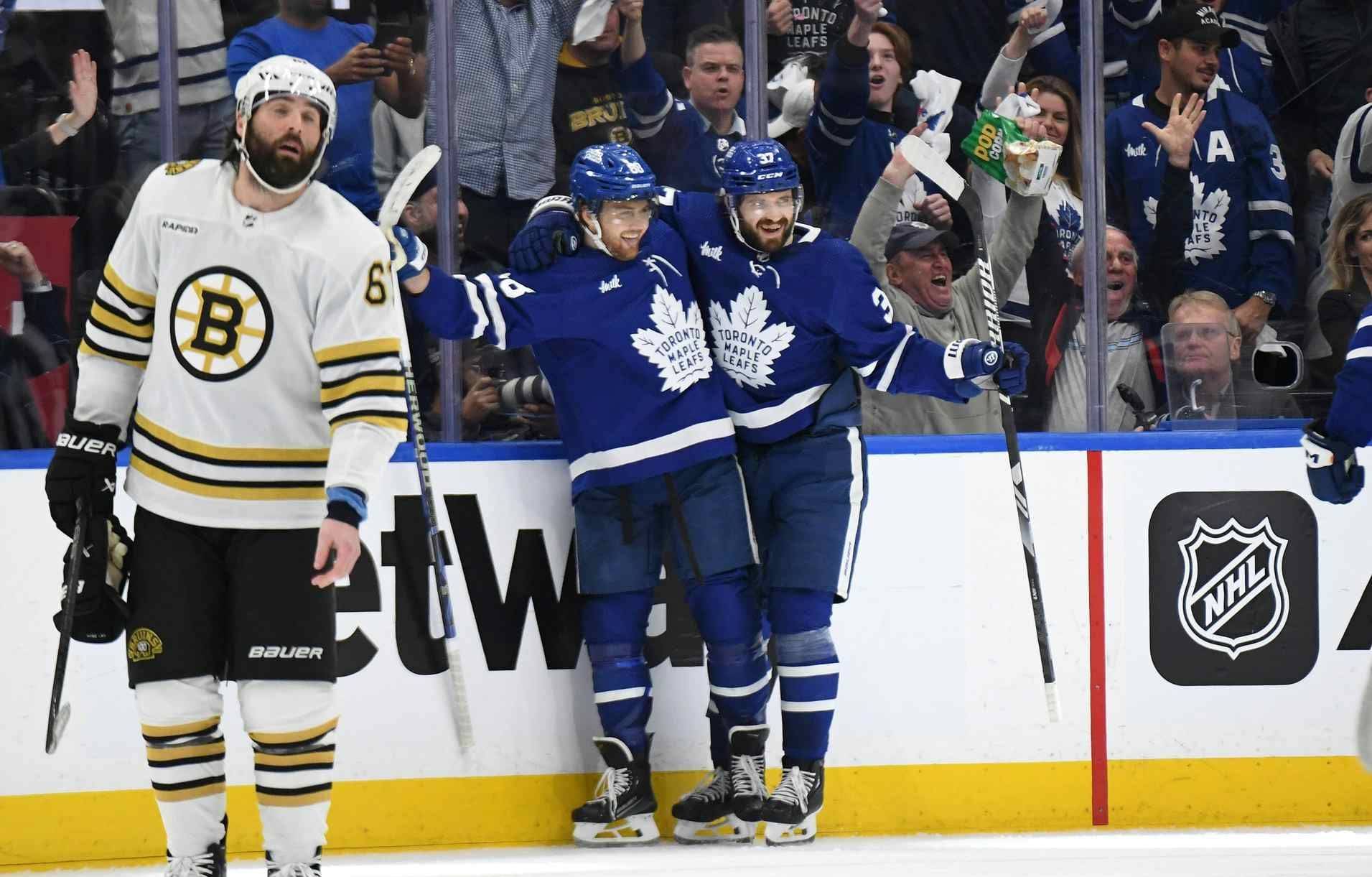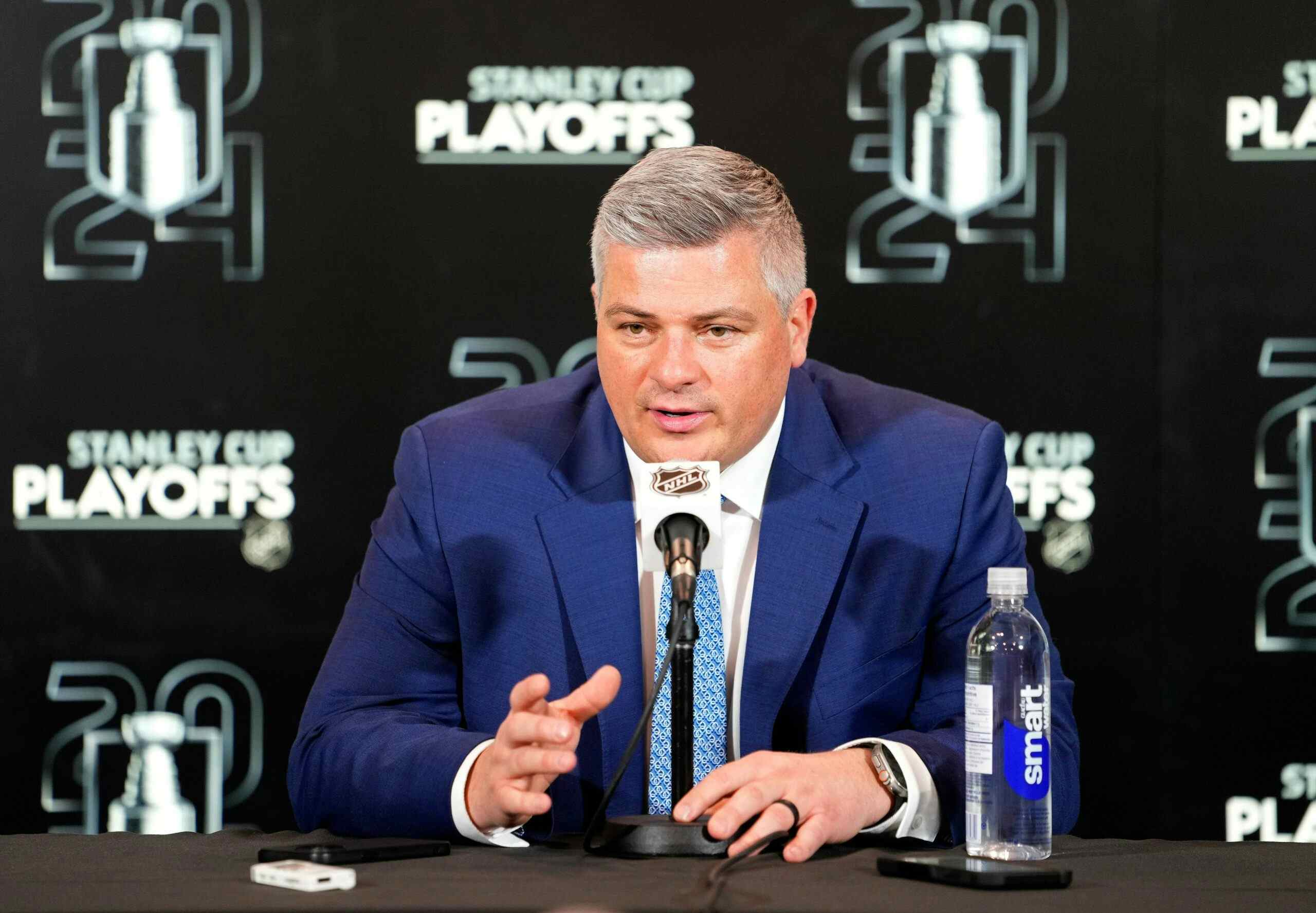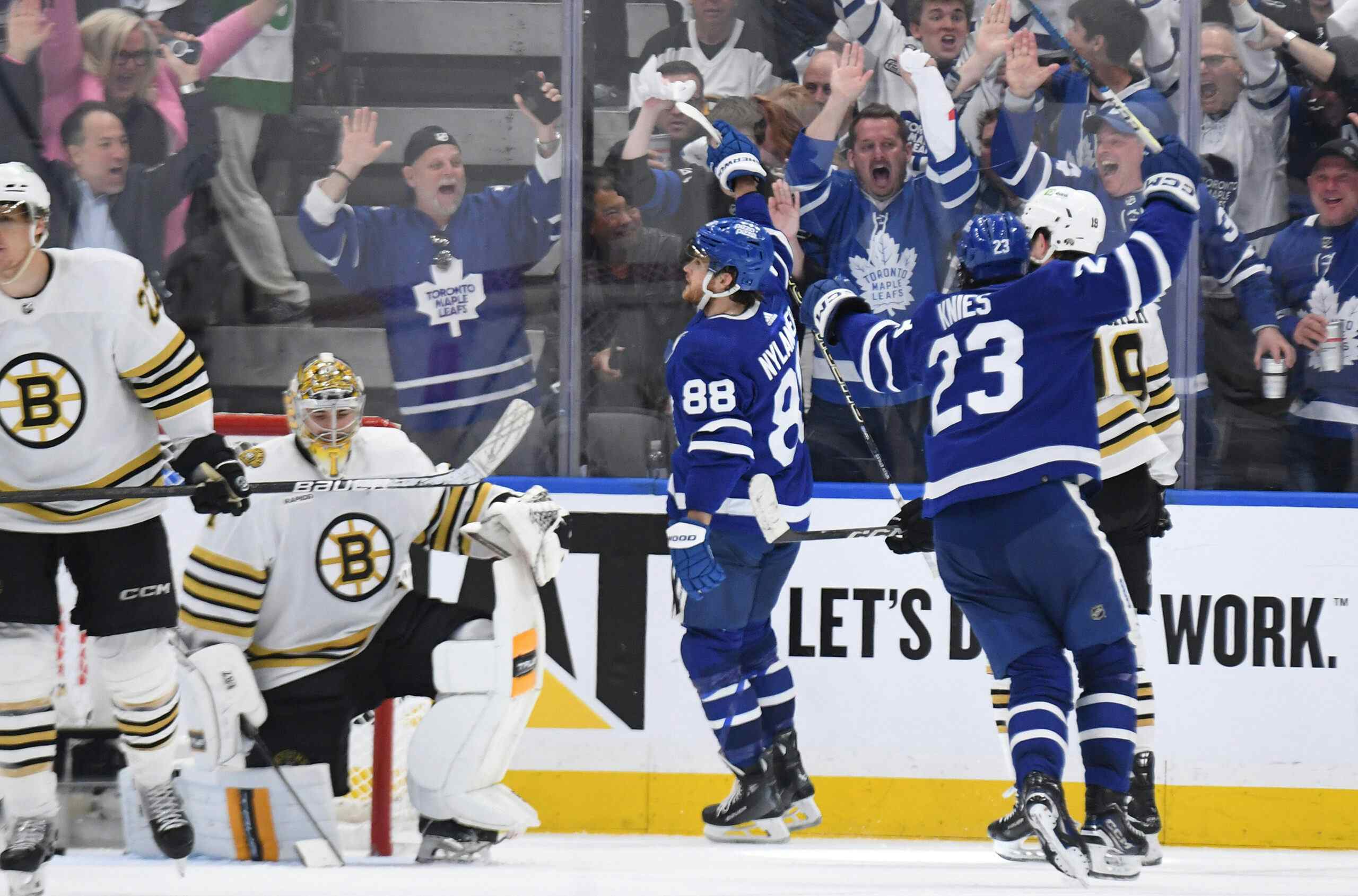TLN Top Twenty Prospects: #10 Carter Ashton

I know what some of you are thinking. How is a 23 year old ranked in the top ten of a prospects list? Particularly one that made his Leafs debut three seasons ago, and has almost fifty NHL games under his belt? Carter Ashton, of course, fits that description. But I’d like to argue that we haven’t really seen what Carter Ashton can be at the NHL level yet.
To say that Ashton’s production at the highest level has been a disappointment so far would be an understatement. The 2009 1st round pick has just three points in his first 47 NHL games, and is still looking for his first NHL goal. But there are two things that influence this.
The first is simple – was he put into a position to succeed?
In his first NHL stint, a 15 game opportunity at the end of 2011/12, Ashton’s linemates were mixed. He spent some time with Matt Frattin and Mikhail Grabovski, but spent almost as much with Joey Crabb and David Steckel. He also had an astonishing level of bad luck. Not only did he not score when he was on the ice, none of his linemates did. Yes, over 15 games, he had an on-ice shooting percentage of zero. This isn’t something that happens often, no matter how poor you may or may not play.
This year? He was around more. Thirty two games, probably a bit more opportunity, right? Well, it would be if his top line mates (by a large margin) weren’t Jay McClement and Colton Orr. That line by no means was out there to produce, and it showed. How do you score a goal if you’re expecting the enforcer and the shutdown centre to be your offensive support? He ended up on the ice for a couple, but the team still shot at a fair bit under the league average with him on the ice. He also started more of his shifts in the defensive zone than on the other side (with his line being largely ineffective at moving forward).
There’s also the matter of how you play when you play with these linemates. Do you “lone wolf” it and try to deke the world? Of course not, especially when that’s not in your skillset. When you want to keep a roster spot, you adapt to the spot you’re given. For Ashton, that’s meant becoming a grinder type. It’s pretty evident when you look at his shot attempt numbers how that progressed as time went by. In his first stint, he averaged 12.4 shot attempts per 60 minutes. Last season? A bit of a drop to 11.3. That’s almost as much as McClement and Orr combined (about 13.5), but the intent was obvious.
It’s a shame too, because if you watch him play for the Toronto Marlies, you can see why people are hyped up about him. He isn’t trying to hit everything in sight in an attempt to impress, but he’s physical. He doesn’t drop the mitts, but he imposes. Most of all, he becomes a noticeable offensive player.
Granted, it’s been a process. He’s gone from 6 points in 13 (regular season and playoff) games in 11/12, to 24 in 62, to a ridiculous 20 goals and 12 assists in 36 AHL games this season. I don’t think that he’ll keep scoring at that clip; the 16 in 24 that he had in the regular season was particularly out of this world, but unlike the NHL, he was relied on to get into position and create scoring opportunities.
“Spotter and Kinger were great when I came down.” said Ashton at the end of the season. “They put me into situations where I could succeed, they worked on my game, and wanted me to get back to that level.”
This meant a lot of powerplay time, and a lot of time with other high end players. Instead of having an enforcer on the other wing, he would have playmaker Spencer Abbott. Down the middle, he’d typically have one of Peter Holland or Greg McKegg. These were guys out there to score, and he’d find ways to help out, whether it was to go for the slight cherry pick on an Abbott feed, or it was crashing the net for a loose puck.
I do think there was benefit to his NHL time, however. The pace of the game at the top is obviously faster, and you could tell that every time he came down, he was more aware of what position to be in to create opportunities. This lead to a lot of high-percentage chances that he ended up frequently taking advantage of.
Overall, Ashton saw the year as a good one. “It was a learning experience this year. Every time you go down or head up, you adjust to roles and the level of hockey. I’ve matured as a player to go through those situations.”
I’d expect Ashton to spend the bulk of his time this season with the Marlies, at least until the Leafs figure out the bottom six log-jam on the wings. That may work out to his benefit, however, as it gives him more time to bring out the offensive side of his game, and possibly impress opposing scouts. I don’t know if his future is necessarily in Toronto, but I think he can be a usable NHL forward if he played on a line that’s expected to contribute. He’s somebody that we think we’ve seen a lot of at that level, but when you think about it, we may not have really seen him at all.
Photo Courtesy of Jennifer Kuhn / @jennkuhnS4C
Recent articles from Jeff Veillette





